Inside: Here are 6 fun ancestor activities to introduce your kids and grandkids to people from long ago. Interesting activities that will make your ancestors come to life in amazing ways!
Introductory Ancestor Activities for Kids—Where Do You Begin?
How well do you know your ancestors? Have you researched their histories and found compelling life stories? And, have you SHARED the information you found with your children or grandchildren?
These are all necessary activities, but SHARING with your family is very important!
If you want your family to turn their hearts to their ancestors—you need to share their stories in a fun and interesting way with your children and grandchildren when they are YOUNG.
I started researching my ancestors in 1985. My husband started in 1980 and we’ve been researching and gathering materials ever since and sharing the materials with our sons and now our grandchildren.
The result? Our sons have an active interest in their ancestors. Along with us, they’re passing this love and passion to their children—our grandchildren. Sharing and teaching your family about their ancestors will solidify and build relationships. It makes a difference!
The following ideas will show you how to take your ancestors’ information and make those people come to life in your children’s and grandchildren’s lives.
First, try these sites to find stories, pictures, and histories of your ancestors:
Next, here are some ideas to get you started:
#1 Pick 12 Ancestors to Learn About Each Year
Start your journey by picking 12 ancestors (starting with your direct line), and gather their pictures and stories.
Copy off pictures of each of the 12 ancestors and find captivating stories to share with your children/grandchildren throughout the year. You can have more than one story per ancestor.
Each month, share an ancestor story and picture with your children/grandchildren. If you are consistent, by the time your children leave for college, they will know the stories of nearly 200 of their ancestors.
Don’t have enough ancestors? Consider this:
For you to be born today from 12 previous generations: you need a total of 4,094 direct ancestors over the last 400 years. Yes, that many! It would take you over 300 years if you’re only learning about 12 ancestors each year.
Here’s the next step…
#2 Set Aside a Family Ancestor Day Every Month
Throughout the year designate one day each month to talk about one ancestor and share his/her stories. Doing so, you’ll cover the lives and stories of all 12 ancestors in a calendar year. When choosing a day, make it the first Sunday or the second Tuesday, or the third Thursday of the month. Be consistent with the same day every month. We chose the first Sunday of the month because of fewer commitments.
#3 Gather Compelling Stories of Your Ancestors to Share Each Month
Each month, share interesting stories of the designated ancestor for that month. Start with ancestors that have compelling stories to “hook” your children or grandchildren.
Help to make your ancestors “human,”—with stories that illustrate their challenges, goals, joys, and sorrows. Choose stories that show the positive admirable qualities they possess that your children or grandchildren can emulate. However, all stories from your ancestors are important. The less-than-ideal stories can serve as “cautionary tales” that your children/grandchildren can learn from, too.
Between my husband and I, we have identified over 44,000 ancestors with fascinating stories. When our children were young, we first started with stories that would grab their attention. Then we gathered stories that would inspire our children/grandchildren. All these stories will help your children/grandchildren relate to and draw close to their ancestors.
Here are four stories they loved hearing over and over again:
Our ancestor, Jón Arason was a Roman Catholic bishop living in Iceland in 1504. He had 9 illegitimate children and because he refused to promote the Protestant Reformation and wanted to promote a Catholic Iceland instead—he was eventually beheaded along with his two sons.
When you die a martyr as Arason did, you end up with a Wikipedia page and statues that still stand today in Iceland.
Another ancestor, Henry Ernst Habermeyer fought in World War I. He was part of the “Shock Troop” for the Meuse Argonne Offensive in France. The Shock Troop included the first military soldiers that went into an area to expose the enemy, report weaknesses and give intel. There were high casualties in the Meuse Argonne Offensive. In his troop of 250 men, only 15 survived—he being one of them.
My father, Maxwell Cannon Peck fought in World War II in the Pacific. He was enlisted in the Army Air Force as a radio operator for B-25 bombers. On one occasion, they ran out of gas and had to make an emergency landing on the edge of enemy territory.
My fifth great-grandfather, Philip Peck (1747-1805) was a Lieutenant in the Revolutionary War and part of the Minute Men. He was a blacksmith by trade and was known for his integrity.
These stories were passed to us when we were taking oral histories of our living relatives—another way to gather information.
#4 Ancestor Activities for Kids: Create an Ancestor Wall
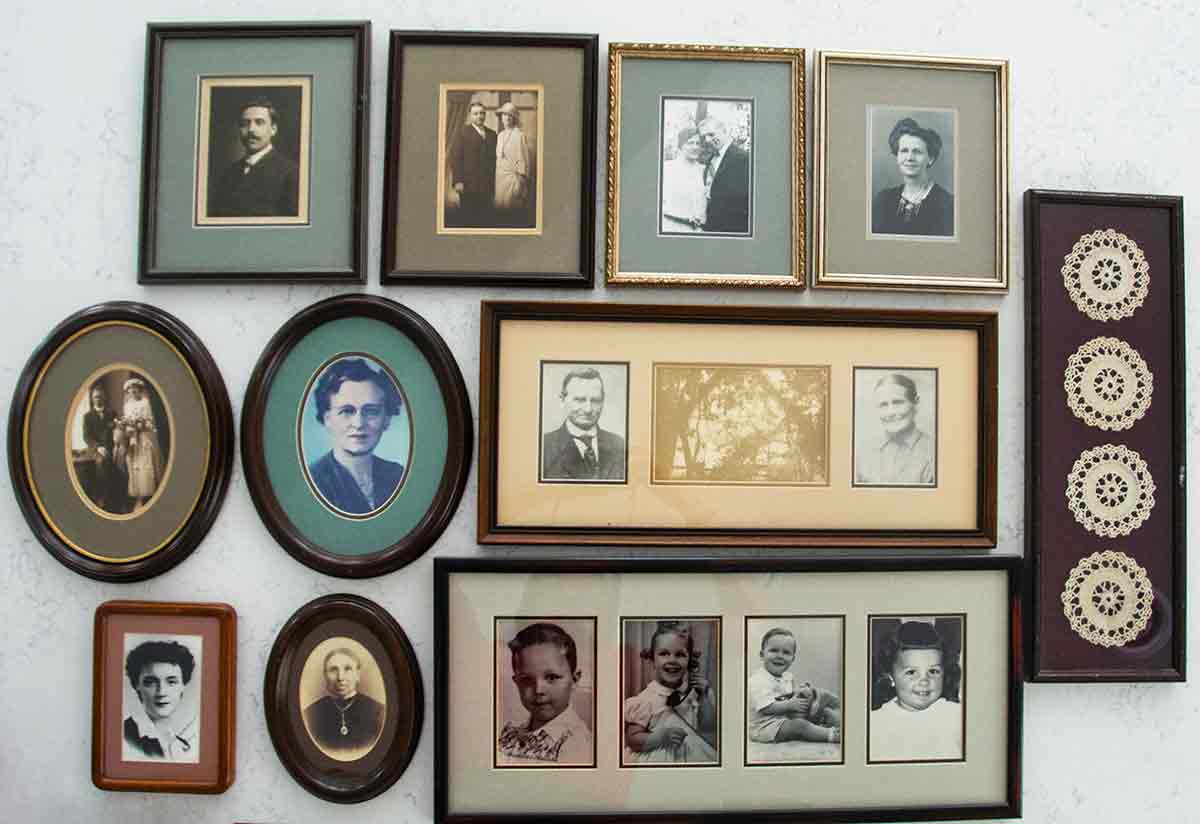
These are some pictures from our ancestor wall–just not the exact wall we had from 1985-2015. It was so big and full, it was impossible to take a picture.
Each month after talking about an ancestor hang a picture of them on an “Ancestor Wall” that you create. Our genealogy wall was 16’x8’ –big! And over the years we filled it from ceiling to floor with pictures of our ancestors.
It was a wall where we all passed daily and could see the ancestors who influenced our lives!
#5 Visit Your Ancestors’ Graves—Important Ancestor Activities for Kids
It’s important to see pictures and hear stories about your ancestors, but you also need to do activities like visiting ancestors’ graves with your children and grandchildren.
Two great sources that will help you find the graves include Find-a-Grave and Billion Graves. They will give you the names of the cemeteries along with perimeters to easily find the graves of your ancestors.
You can also go to the cemetery office for additional help.
Suggestion—take along some items to clean the grave—you want to leave it nicer than what you found. Here are some suggestions:
*Baking Soda/Water: if it’s a really old gravestone and you can’t read the marker very well, clean the stone with baking soda and a soft brush. Make certain you rinse it repeatedly with lots of water and wipe it down with a clean cloth.
*Furniture Polish: If it’s a polished granite stone marker, wipe it clean with furniture polish.
*Lawn hedgers: trim the grass close to the gravestone and make it look neat and clean
*Small hand broom: use this to sweep away debris on the headstone.
*Flowers: during Memorial Day weekend, it’s easy to find potted flowers. When it’s more difficult to find potted flowers: take a 16-ounce water bottle and cut off the neck of the bottle. Leave the water in and fill it with flowers. The water will keep your flowers alive longer.
Make a Rubbing of the Gravestone–Ancestor Activities for Kids!
And if you want to make it a fun experience for your kids/grandkids, make a gravestone rubbing. Using butcher paper and a crayon, you can create a rubbing of your ancestor’s gravestone. It will leave you with a wonderful memento of your visit to the cemetery. You can also keep it and use it as a reference for your genealogy research.
Just lay the paper over the gravestone, tape it in place, and using the flat side of a crayon (that has no paper on it), rub it across the paper bringing up the image of the gravestone.
Last, be sure and take pictures of all the graves you visit!
#6 A Fun Ancestor Activity for Kids: Visiting Churches Your Ancestors Belonged To
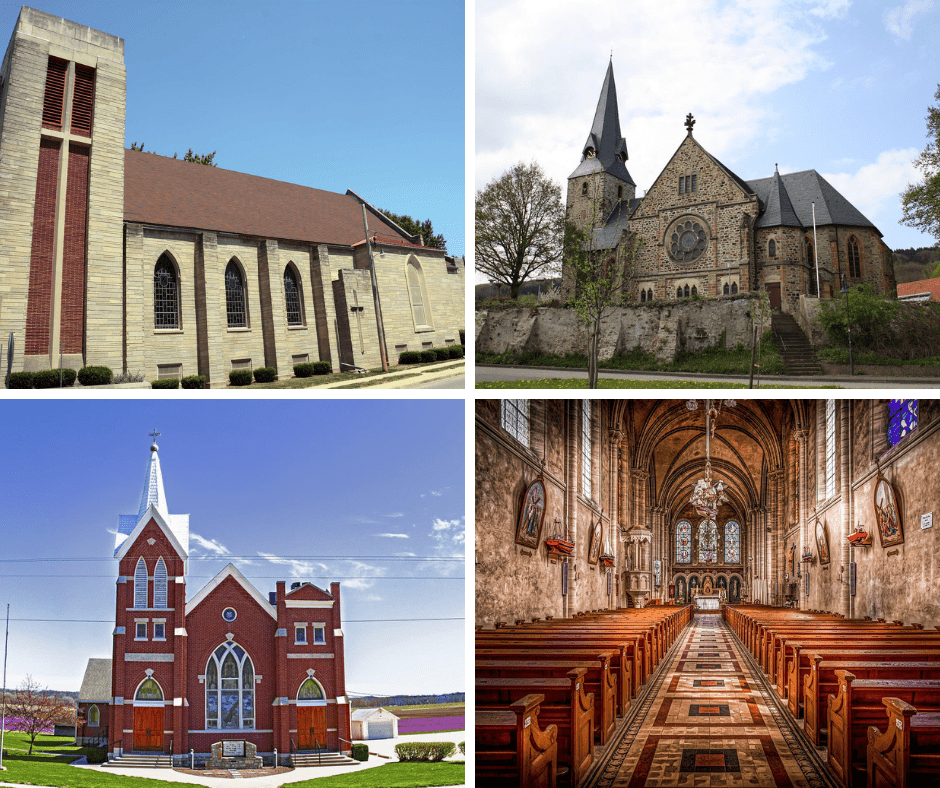
The top left picture is the Lutheran church in Aurora, Illinois where Reverand Charles John Fricke served as pastor of the church. He was my husband’s great-grandfather.
Our ancestors hail from a number of different Christian religions:
- Catholic
- Lutheran
- Mormon (LDS)
- Protestant
- Anglican (Episcopalian)
- Methodist
- Baptist
Three of the largest world religions include Christianity, Judaism, and Muslim. The “father” of all three religions is Abraham and the early beginnings of all three were fraught with difficulty and brutal suppression.
Theodosius, the Roman emperor forced the Nicene Creed on the people and killed 30,000 Arian Christians in a single night in an amphitheater because they did not adhere to the exact beliefs of the Trinity described in the Nicene Creed.
Charlemagne killed 4,500 noble sons at a meeting in Verden an der Aller. Why? Because the Saxons did not convert to the emperor’s degree and become Christians quickly enough so he killed their sons.
This was how Christianity was introduced to my ancestors.
It doesn’t really matter what religion you currently practice (or not), what matters is that you become familiar with the religious beliefs of your ancestors. The faith and devotion to the religion your ancestors followed, laid the foundation for the good people whose shoulders you now stand on.
Although both my paternal and maternal ancestors practiced different religions, they all woke up every Sunday, dressed in their best Sunday clothes, walked to church (sometimes up to 3 miles one way), sat on hard pews, listened to long sermons, walked home, had Sunday dinner together as a family, read from the Bible daily and prayed morning and night.
Their sacrifices inspire me.
List the many religions your ancestors practiced and then attend the services of each. Use the Internet and find out some of the beliefs before visiting the churches.
This activity will widen your love and appreciation for your ancestors and the sacrifices they made to practice their religion and teach their children.
My husband’s great-grandfather, Reverend Charles John Fricke was the pastor of the Lutheran church in Aurora, Illinois. He gave a sermon in German at 8:30 am and in English at 11:30 am every Sunday. We have some of his sermons and are inspired by his devotion.
A Sense of Belonging
Memories take flight when we do ancestor activities with kids and grandkids. It imprints upon their beings belonging to something larger than themselves which can bring them a feeling of contentment. It’s Memories in the Making!
If you want more ideas that include creating a family tree for kids and other ancestor activities for kids click here: “Amazing Ways to Research Your Ancestry Family Tree with Grandkids”
What ancestor activities do you do in your family? Have they been successful? Please comment in the section below!

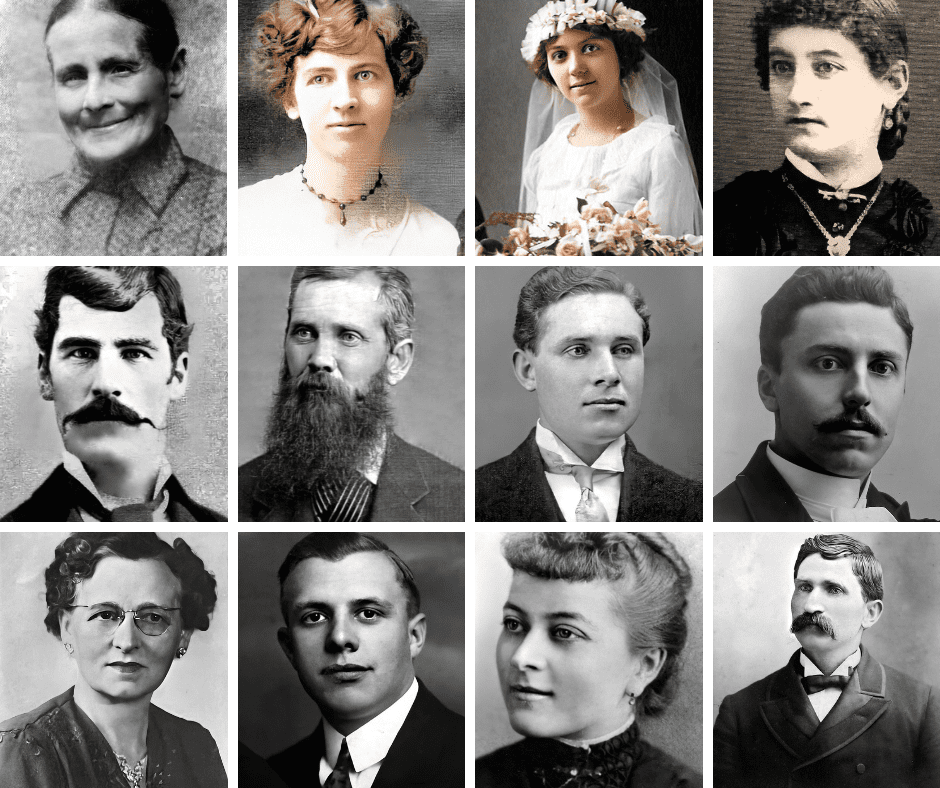

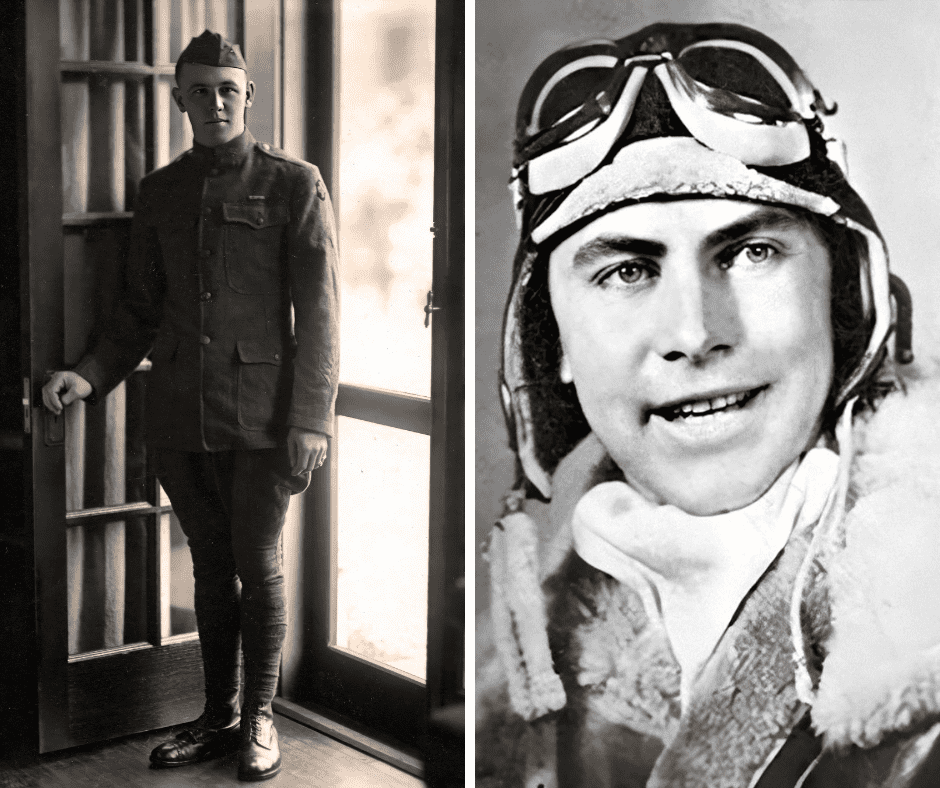
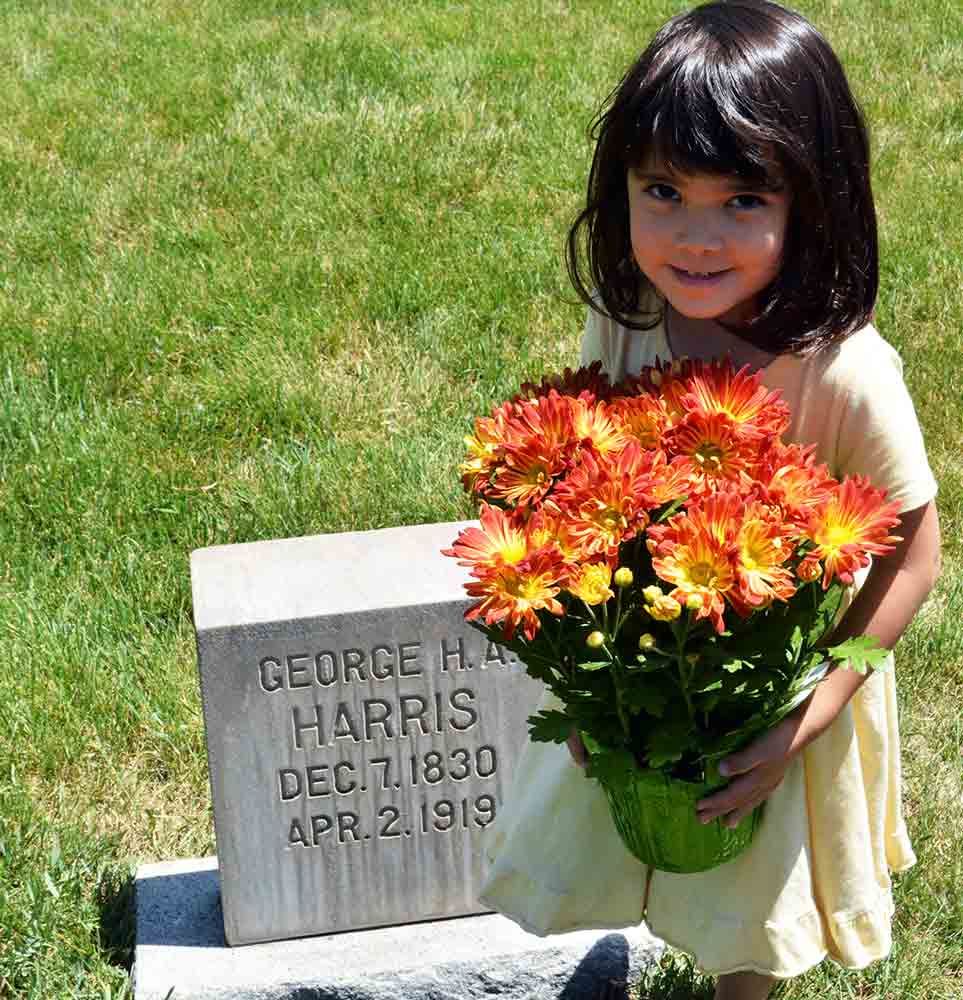
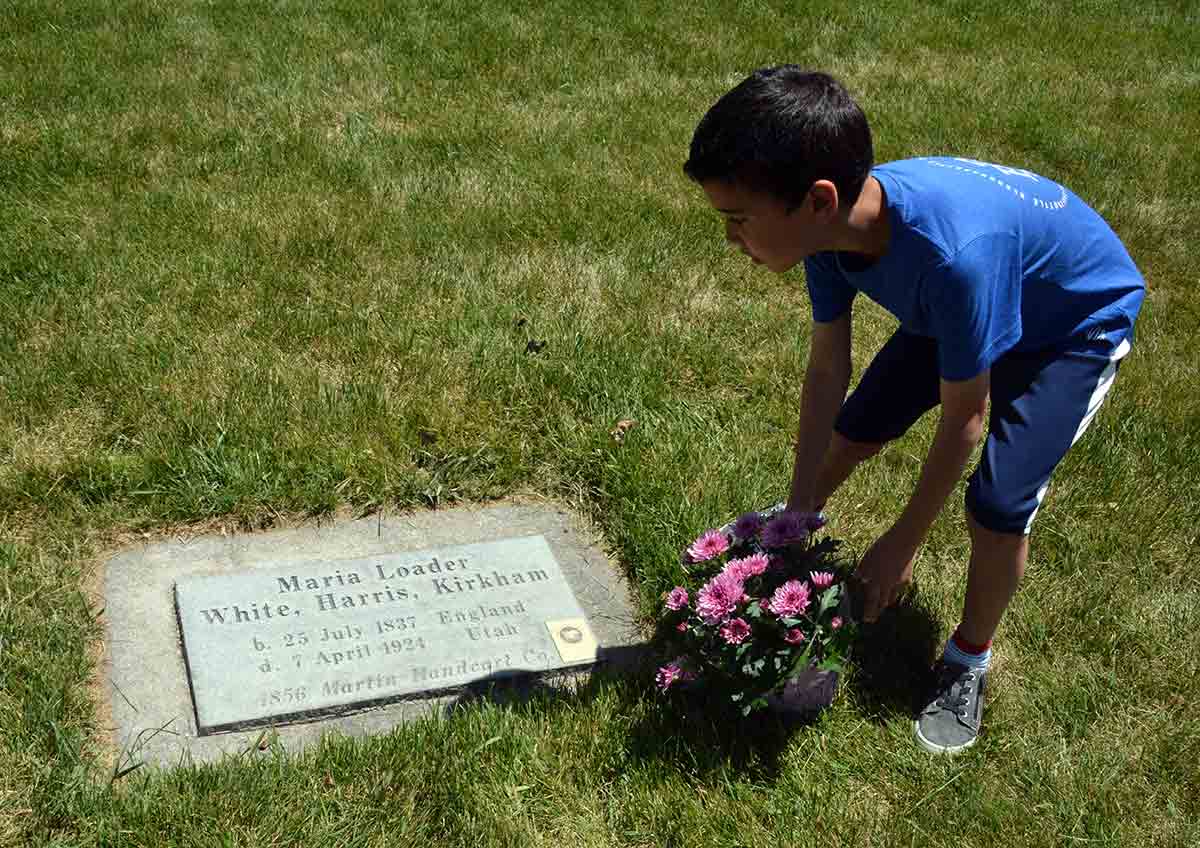
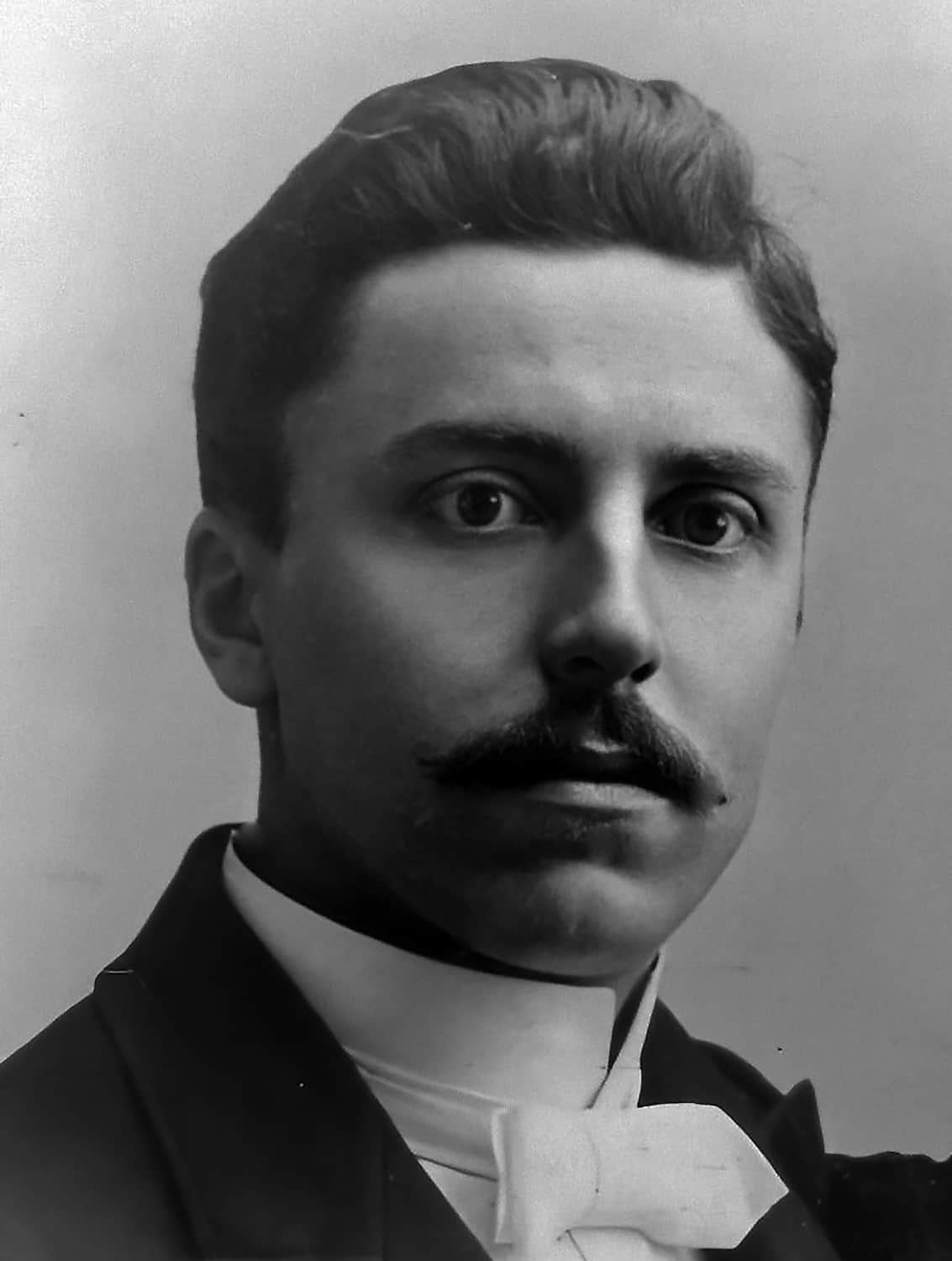
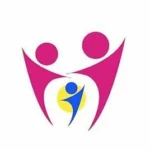

Leave a Reply